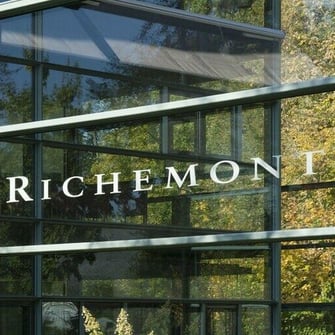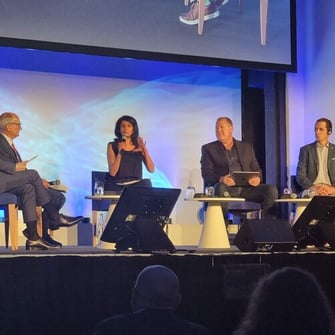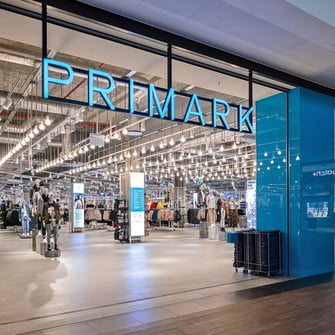The leather industry, between the quest for traceability and reduced availability of materials
September 10, 2024
Alliance France Cuir held its sixth Sustainable Leather Forum in Paris on September 9. The session included a number of new features, but above all a dense content centred on the need for traceability in the sector, against the backdrop of a reduction in the quantity of skins available to the fashion and luxury industries.
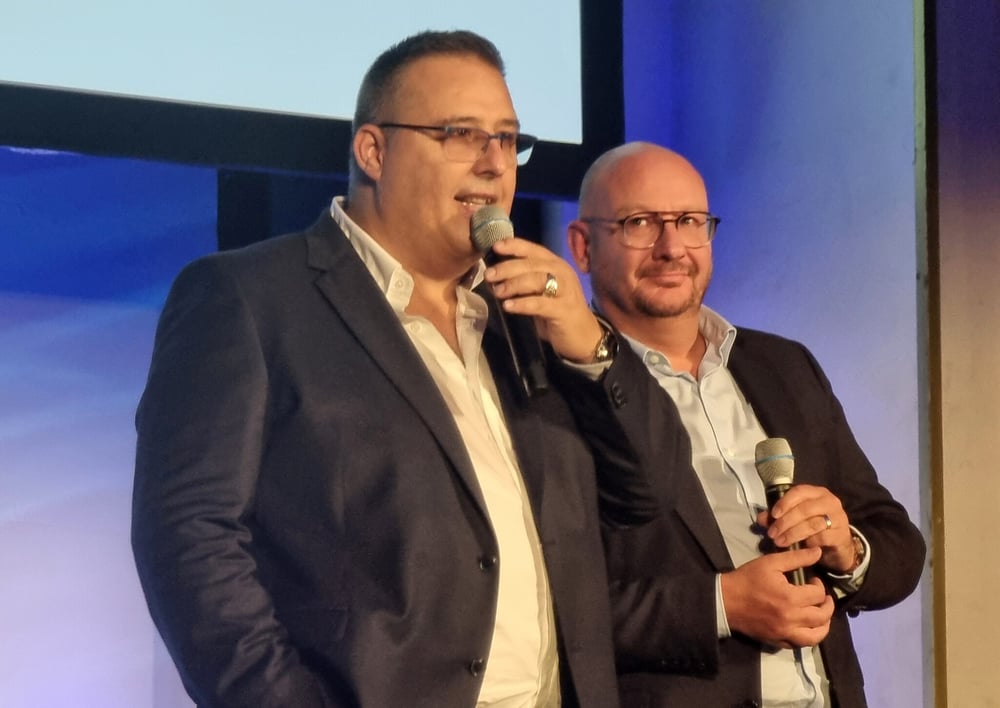
Exceptionally, this session left the Palais Brongniart, which had become the home of American athletes during the Olympic summer, to be held at the Maison de la Chimie. Some 400 French and international professionals came together for a day of round tables and meetings. Among the new features, the exhibitors introduced last year are offering pitch sessions this year, as well as individual meetings.
"The aim is to make this event a toolbox for professionals," explains Marc Brunel, managing director of Alliance France Cuir. He points out that leather is ranked second among the favourite materials of the French, according to a recent study by the organisation. "We need to be aware of this strong connection," he points out. Recently elected chairman of Alliance France Cuir, Christophe Dehard is putting communication at the heart of his mandate. "We're a rich industry, where the players sometimes find it hard to communicate with each other. We need to popularise these exchanges." He intends to raise awareness of the fact that leather is just one of the food industry's co-products.
The first speaker of the day addressed consumers' concerns and suspicions about livestock farming. Delphine Neumeister of IDELE - Institut de l'Elevage, spoke about the public's concerns about the living conditions of animals, the pain inflicted, and ethical notions about meat consumption. In addition to the 2% of vegetarians and vegans, 14% want to stop eating meat, and 18% want to reduce their consumption. A challenge for a leather industry dependent on food.
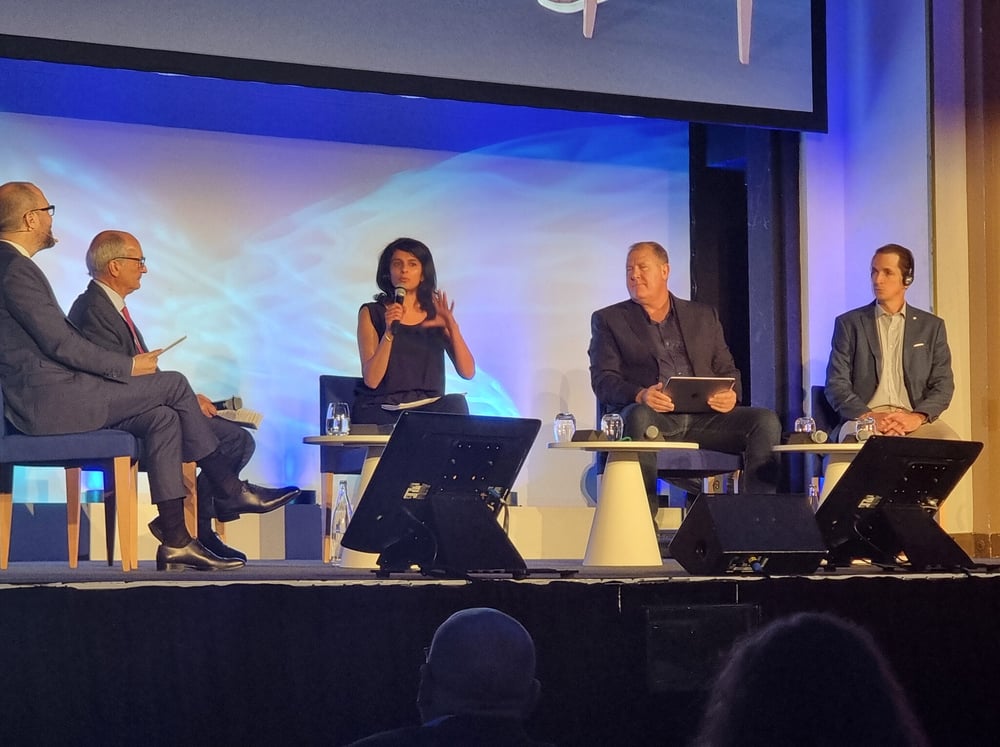
Nick Winters, vice-president of the ICHSLTA (International Council for the Leather Trade), is sounding the alarm: "We are heading for fewer quality hides in the coming years, and this will have an impact on the luxury market," says the official, pointing to a 10% decline in livestock numbers in recent years. This fall comes at a time when the EUDR, the European regulation against deforestation, is due to apply to leather in particular by 2025, to discourage livestock farming from causing forests to shrink. Shemina Amarsy (ITC - International Trade Centre) points out that identifying and mitigating risks is not the status quo, and will have to be regularly updated by companies in the industry.
On the issue of deforestation, Fernando Bellese (WWF USA) notes a slight improvement in Latin America, while pointing to the existence of problems in Africa and Australia. "A few years ago, companies were still saying that it was impossible to trace skins. Fortunately, this is no longer the case," says the specialist. However, he points out that traceability is still taboo among many of the world's breeders. "The Americans and Brazilians will not be ready by the end of 2024," confirms Nick Winters, who estimates that this could reduce the number of skins imported by Europe by 10 million.
Caught between regulations and specifications
The sustainability of the supply chain was also at the heart of the speech given by Rachel Kolbe Semhoun, who has been managing the Kering Group's sustainable sourcing initiatives since February. "To sell good products, we need to know where they come from, and who the farmers are, so that we can pay them better, and make sure that they are more resilient in the face of climate change." For the time being, however, the specialist stresses the risk posed by the ageing of farmers, who are finding it difficult to find successors because they do not have sufficient income.

The tanners and leather fitters are also calling for traceability, but they point out some of the pitfalls. "When we give out all the information, we also give away some of our manufacturing recipes, such as the fact that we get better skins at certain times of the year," explains François Roques, who runs the Mégisserie de La Molière in the Tarn region of France. "But we have a relationship of trust with our customers, and I think that's what we're going to be moving towards more and more: real partnerships."
According to Sylvain Bussière, managing director of Tanneries Roux (LVMH Métiers d'Art), the legal framework poses another challenge: "We constantly have to find ways of complying with the rules, while at the same time guaranteeing our customers increasingly demanding specifications, some of which require properties superior to those of natural leather."
At HCP (Hermès Cuirs Précieux), Olivier Marsal argues that the industry also needs to add richness to the way it talks about its businesses. "We need to highlight the versatility of our sector, and showcase all our trades. To pass on our know-how, we first have to really let people know who we are," says the industrial operations director.
A new standard for leather goods
The need for communication was also at the heart of discussions on leather goods, which, via the Centre Technique du Cuir (CTC), adopted a new CSR framework in March. The first aim of the 100-page document, developed with the support of the luxury giants, is to identify the issues and define the vocabulary surrounding them. "It is also intended to meet the expectations of clients, but also to make it easier for them to take action and monitor their progress," explains Coline Simon, head of sustainable development projects at the CTC.
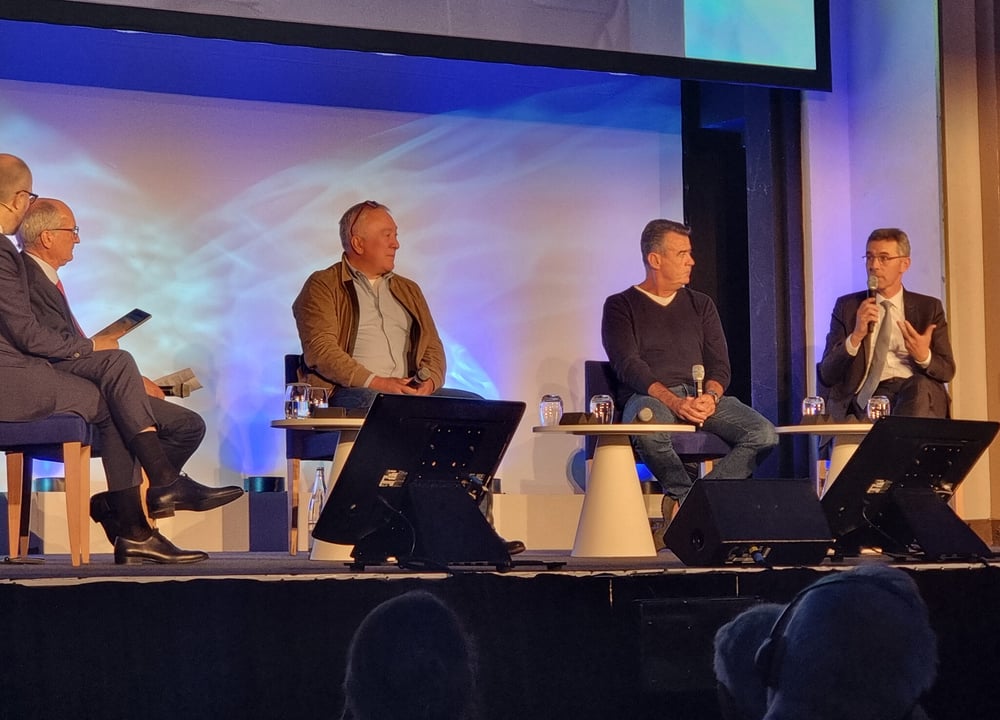
At Gainerie 01, which supplies boxes and display cases to the major fashion houses, the reference system operates as a common base amidst the diverse expectations of its customers. "It will enable us to make progress on responsible sourcing and facilitate eco-design," says its CSR manager, Christelle Henry, who hopes to see small businesses take up the tool.
"There are no small initiatives," confirms Marine Defert, accessories production manager at APC. This brand has identified its lack of data on leather goods and accessories production. ‘The benchmark has enabled us to identify our strengths and weaknesses in the value chain.
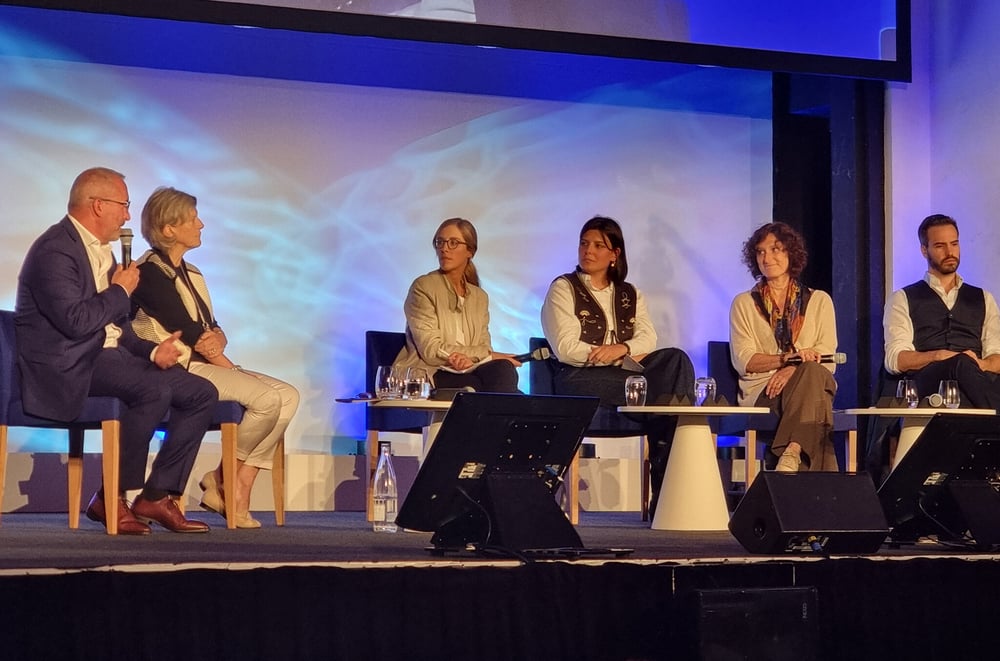
"We wanted a tool that could support companies wishing to implement a responsible project," explains Ange Alez Martin, chairman of the CSR Commission of the French Leather Goods Federation. For him, the sector is both a pillar of the economy and a source of national pride, particularly through the influence of its brands.
"Responsibility is in the DNA of Hermès, because every craftsman has always been aware that the leather in his hands is rare and must not be wasted," says Caroline De Riedmatten, sustainable development director at Hermès Maroquinerie Sellerie. She warns: "CSR cannot just be a matter of constraint. It is no longer enough to be virtuous; we have to be able to support a fundamental movement."
Copyright © 2024 FashionNetwork.com All rights reserved.




